The Chrysler 300 has always played a different game. It’s never been about fitting in—it’s been about making an entrance. From the thunderous HEMI-powered machines of the 1950s to the street-shaking modern sedans of the 2000s, the 300 has worn many faces—but speed, style, and swagger were always part of the DNA. Whether it was tearing up NASCAR tracks or rolling down Main Street like it owned the place, the Chrysler 300 earned its reputation the loud way. Here are 10 of the most iconic versions to ever wear the badge.
1955 Chrysler C-300
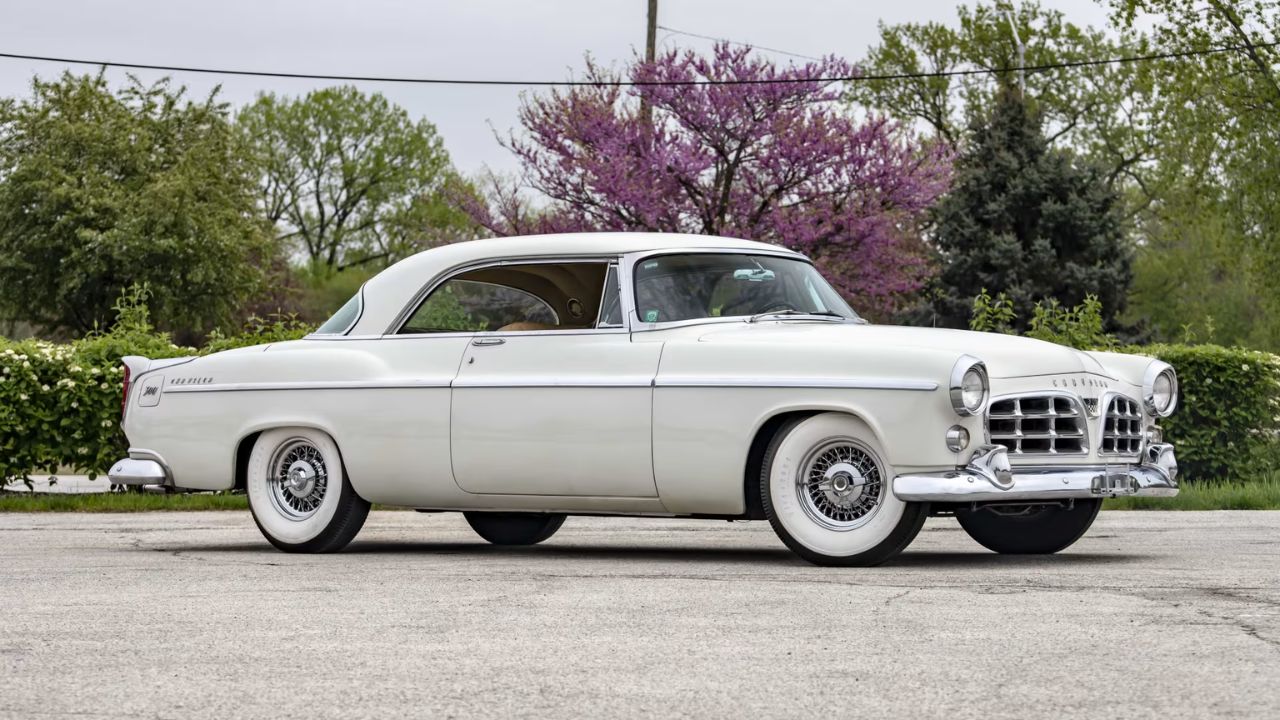
This is the one that started it all. The 1955 C-300 wasn’t just Chrysler’s first 300—it was also the most powerful production car in America at the time. Powered by a 331 cubic-inch HEMI V8, it made 300 horsepower, which is where the name came from.
Built with NASCAR in mind, the C-300 won 37 races in its debut year. It was clean, classy, and seriously quick for its day. If you’re talking about Chrysler muscle history, this is where the conversation begins.
1956 Chrysler 300B
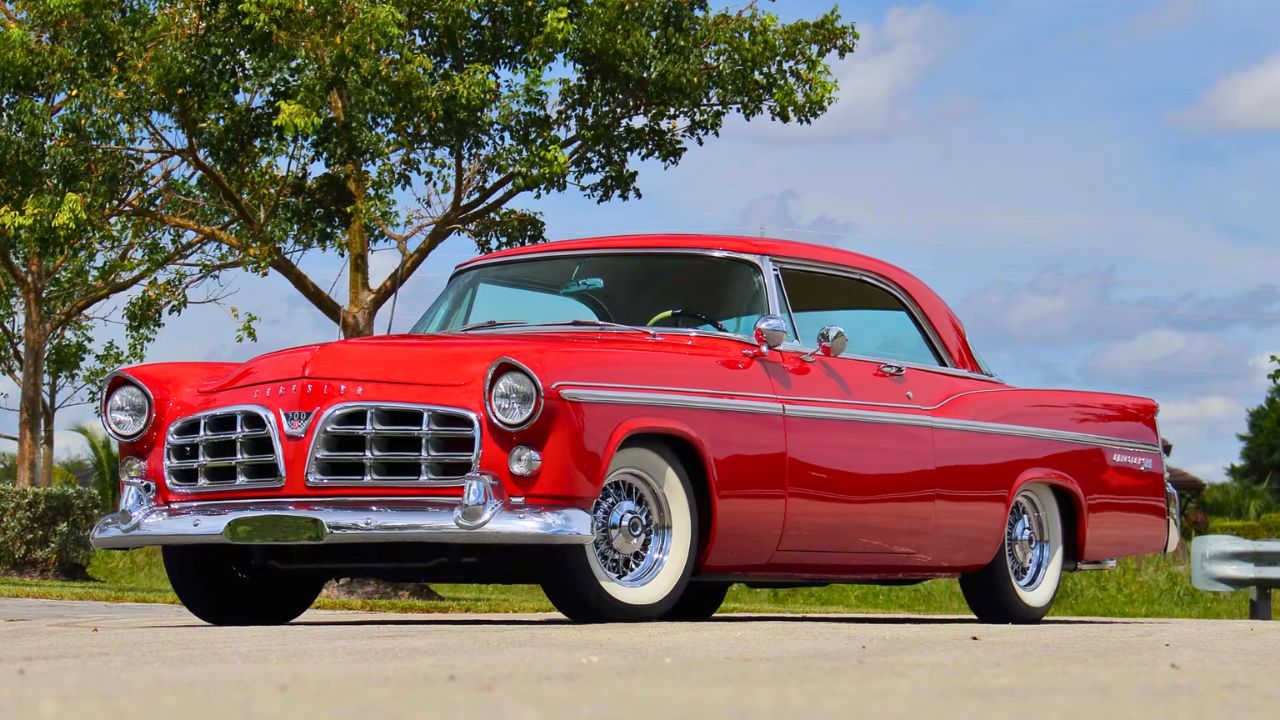
The 300B kept the formula going strong. It featured an upgraded 354 cubic-inch HEMI, now making up to 355 horsepower. Chrysler even offered a 340-hp version with a slightly milder setup.
It wasn’t just about more power—the 300B came with better suspension, improved brakes, and a bit more refinement. It also set a new flying mile record at Daytona Beach, hitting 139.373 mph. This model cemented the 300’s reputation as a highway brute.
1957 Chrysler 300C
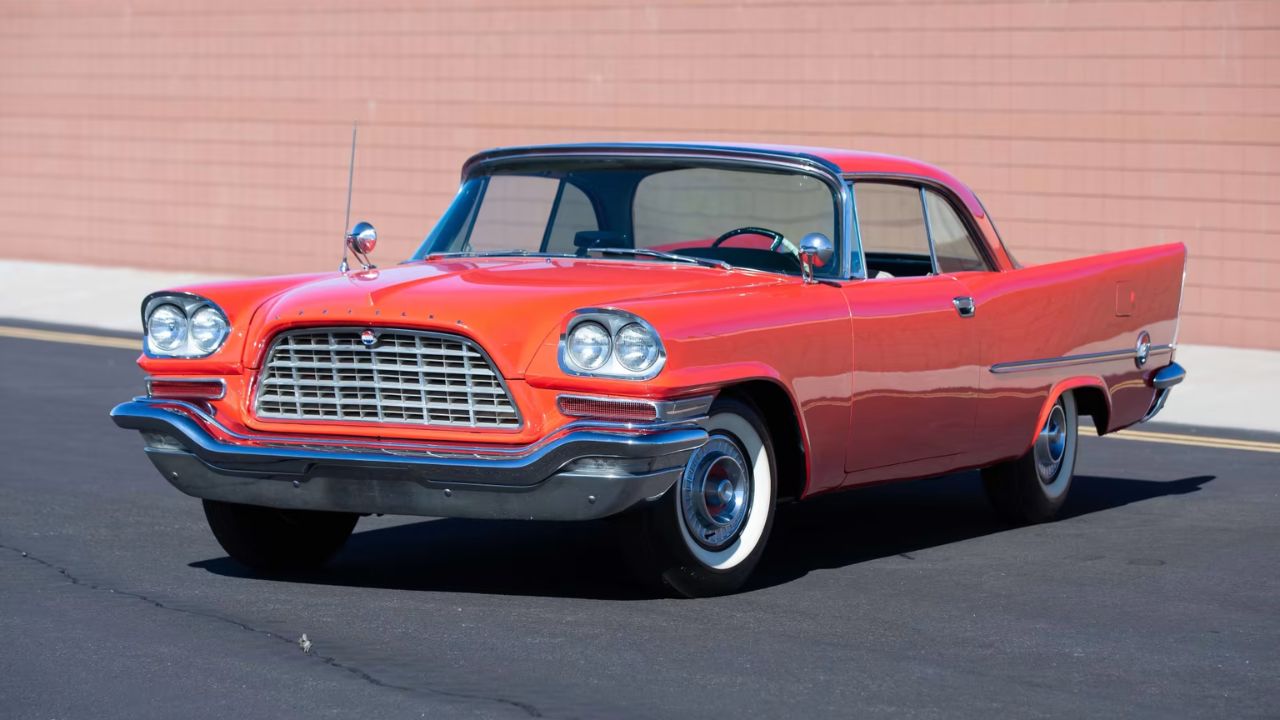
By 1957, the 300 had become Chrysler’s ultimate performance-luxury machine. The 300C came with a 392 HEMI V8 rated at 375 horsepower, with a dual four-barrel setup. Optional fuel injection pushed it even further—on paper, at least.
Styling took a huge step forward that year too, with the addition of iconic tailfins and a wide, low stance. The 300C looked like it belonged in a showroom and a dragstrip at the same time—and back then, it kinda did.
1958 Chrysler 300D
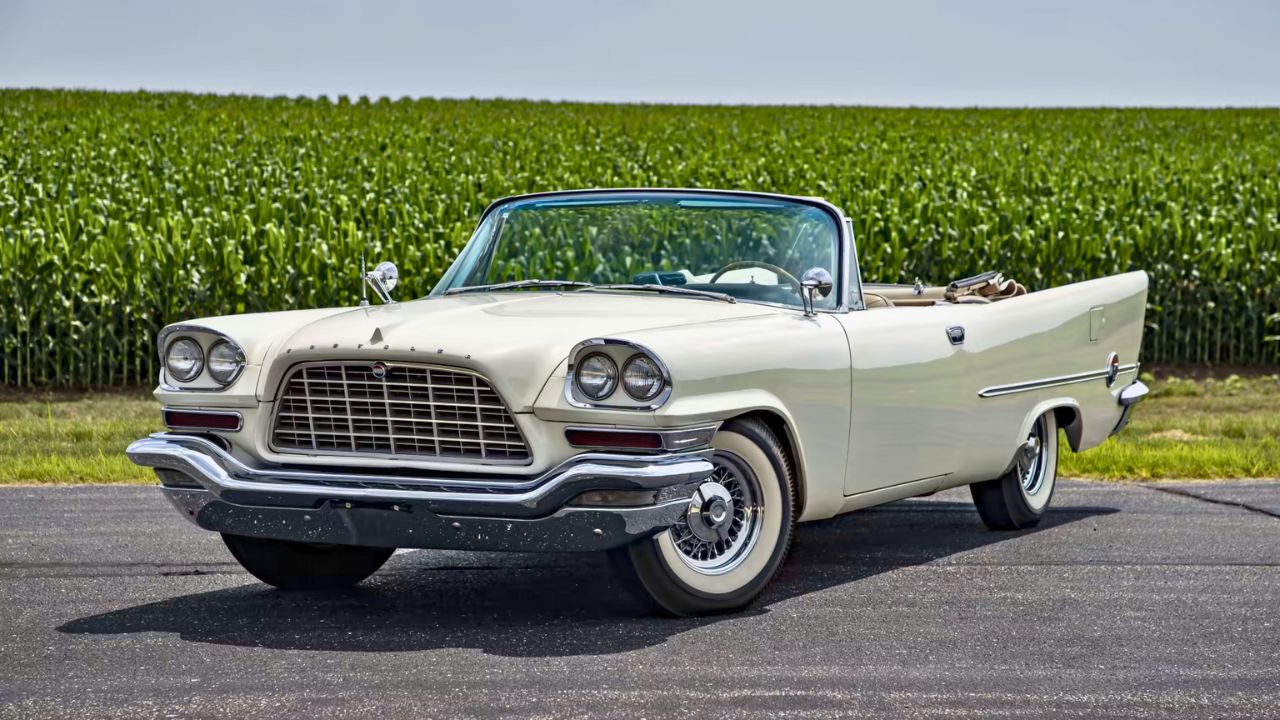
The 300D carried over the 392 HEMI but added a more refined fuel injection system. Rated at 380 horsepower, it was the last of the early 300s to use a HEMI until Chrysler revived the name decades later.
Only 618 hardtops and 191 convertibles were built, making this one of the rarest letter-series cars. It wasn’t the biggest leap forward performance-wise, but it kept the fire burning through a rough economic year.
1960 Chrysler 300F
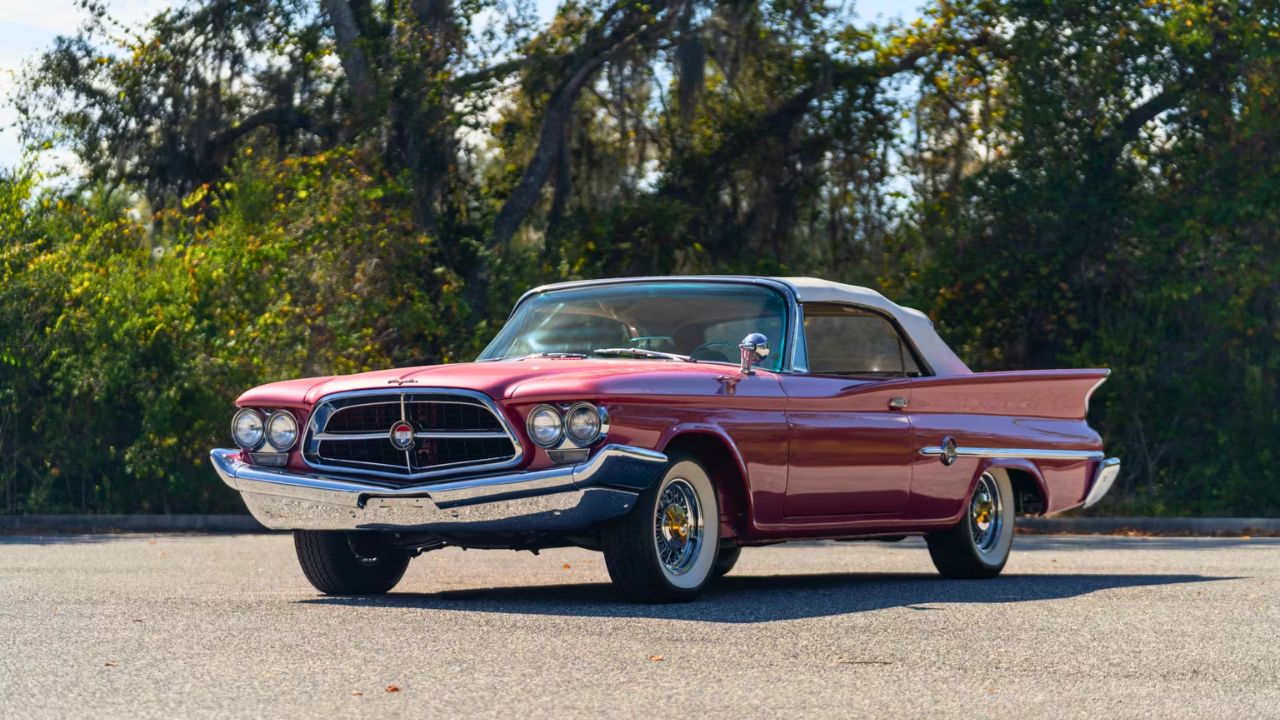
The 300F marked the transition to the cross-ram intake setup—a wild-looking design with two four-barrel carbs mounted at the ends of long runners. The 413 cubic-inch V8 was rated at 375 hp, but in reality, it had a ton of low-end torque and highway punch.
It also came with a four-speed manual transmission option, rare for Chrysler at the time. The 300F wasn’t just fast—it handled better than expected thanks to a revised suspension setup. Sleek and mean, it made a statement.
1962 Chrysler 300H
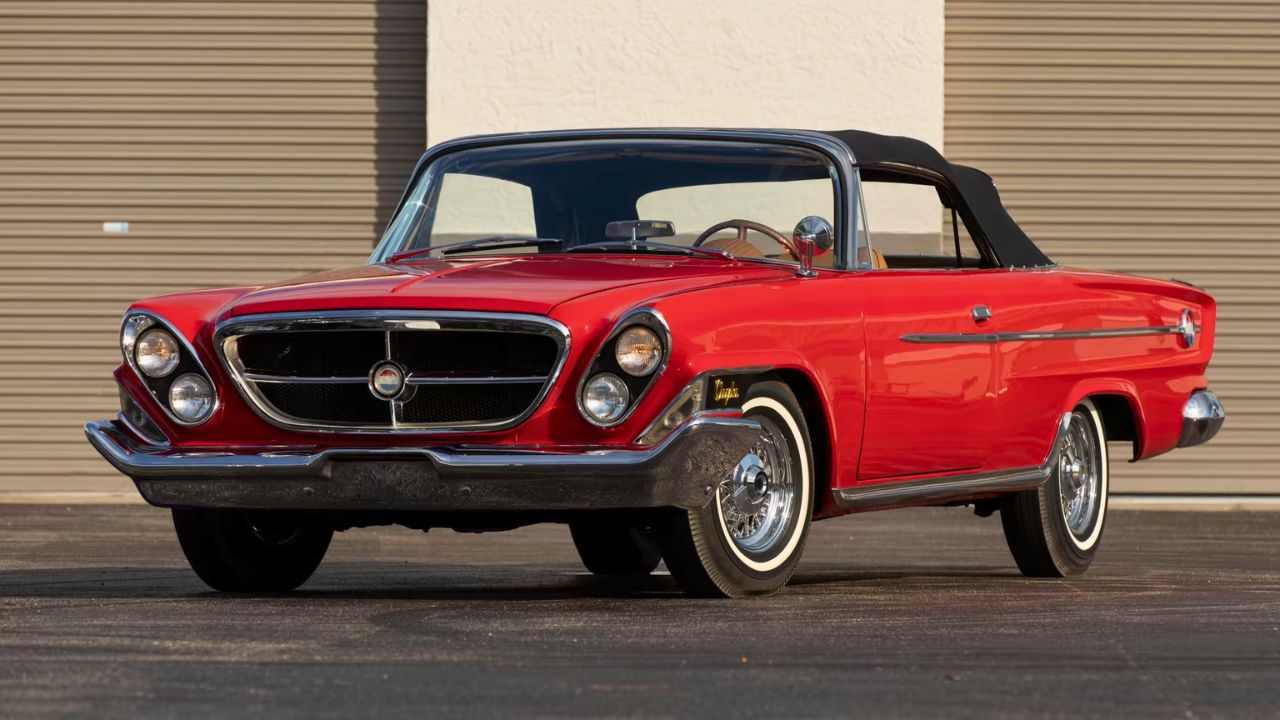
By 1962, the letter series was starting to wind down, but the 300H still came out swinging. It was powered by a 413 cubic-inch V8 with 380 horsepower and was available with either a TorqueFlite auto or a rare 4-speed manual.
The styling got boxier, and sales dipped, but performance stayed solid. The 300H wasn’t as wild as earlier models, but it still had the heart of a muscle car wrapped in a big-body shell.
1970 Chrysler Hurst 300
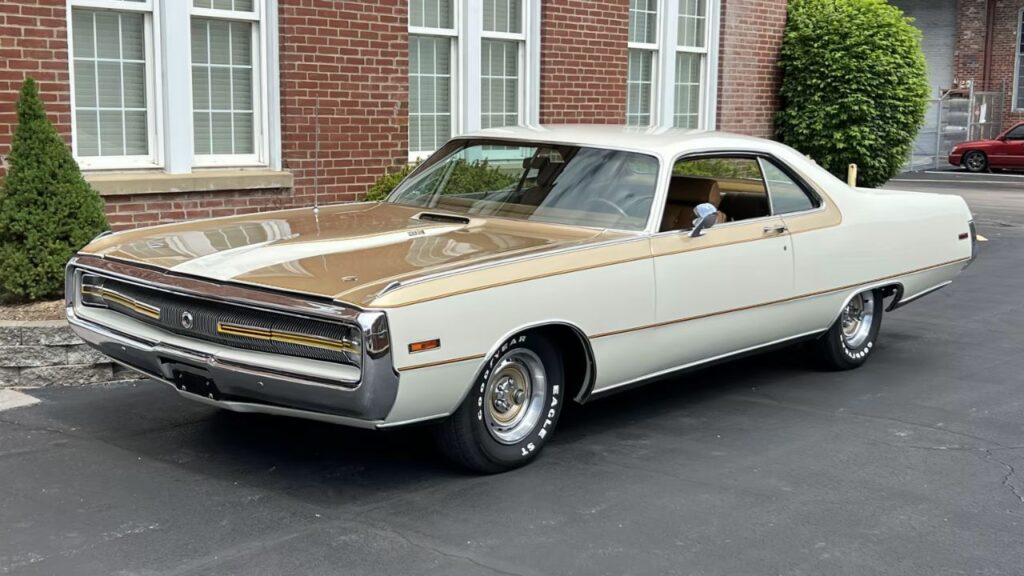
This one was more of a one-off, but it definitely made an impression. Built in partnership with Hurst, the 1970 Chrysler Hurst 300 came in just one color combo: Spinnaker White with gold accents and a fiberglass hood.
Under the hood sat a 440 TNT V8 making 375 horsepower. Only 501 were built, making it rare and unmistakable. It was big, loud, and hard to miss—and it’s become one of the most collectible Chrysler 300s ever made.
1999 Chrysler 300M
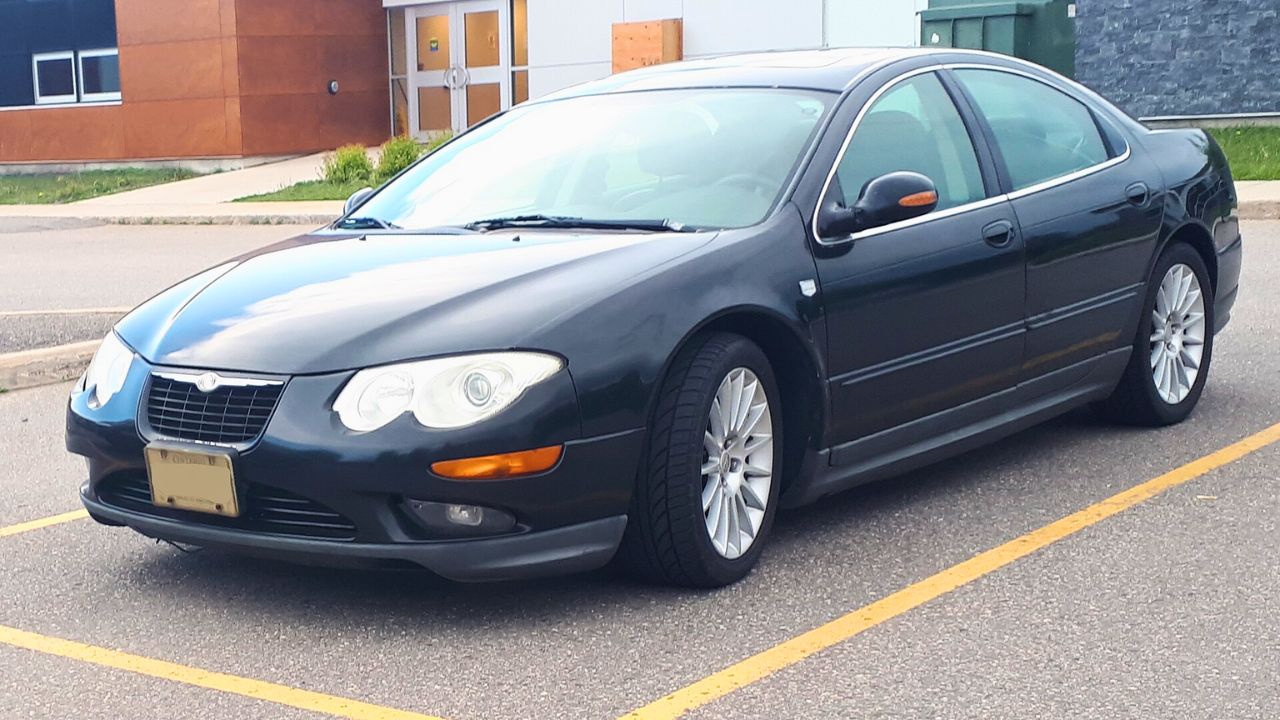
The 300M didn’t bring V8 power, but it did help revive the name. Built on a front-wheel-drive platform, it used a 3.5L V6 making 253 horsepower and was paired with an automatic transmission.
It focused more on European-style handling and comfort than muscle, but it got solid reviews and marked Chrysler’s return to performance sedans—sort of. It wasn’t a letter-series bruiser, but it helped set the stage for what was coming next.
2005 Chrysler 300C HEMI
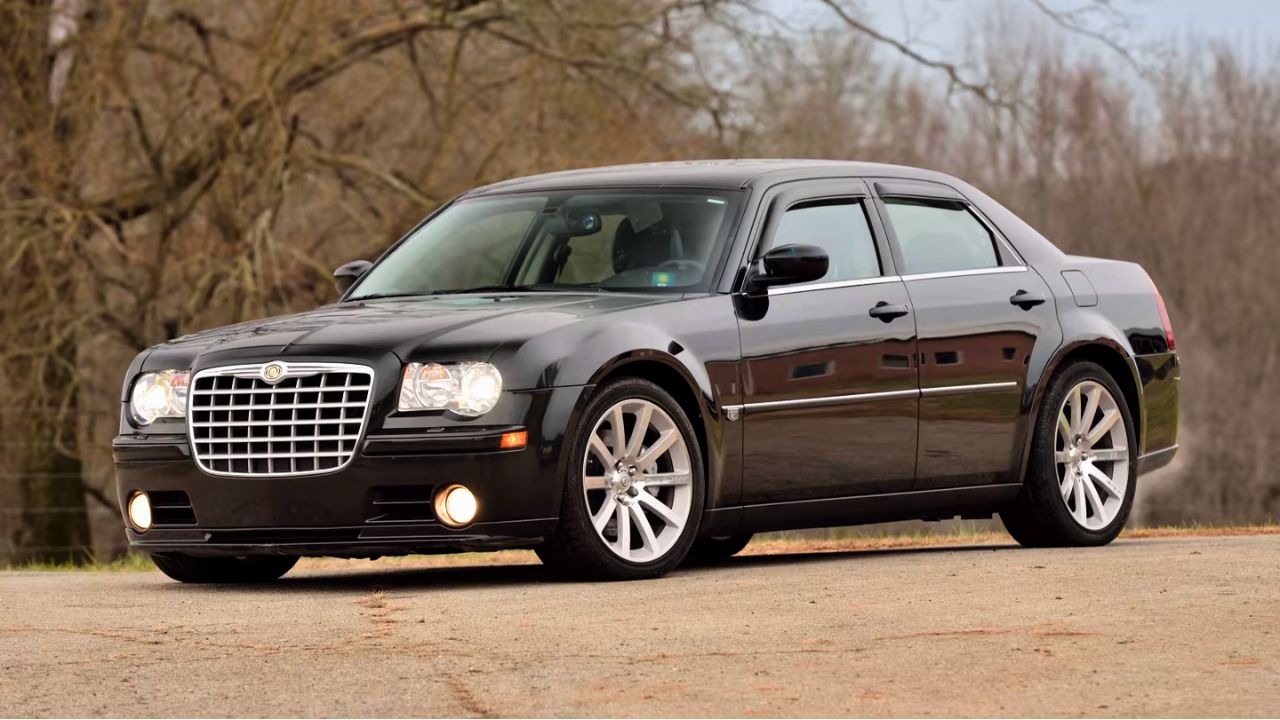
This was the comeback everyone was waiting for. The 2005 300C brought back rear-wheel drive, a proper HEMI V8, and muscle car attitude. The 5.7L engine made 340 horsepower and 390 lb-ft of torque.
It also had a square, imposing look that turned heads instantly. Paired with a Mercedes-sourced transmission and suspension setup, it offered performance with just enough refinement. The 300C made full-size sedans cool again.
2012 Chrysler 300 SRT8
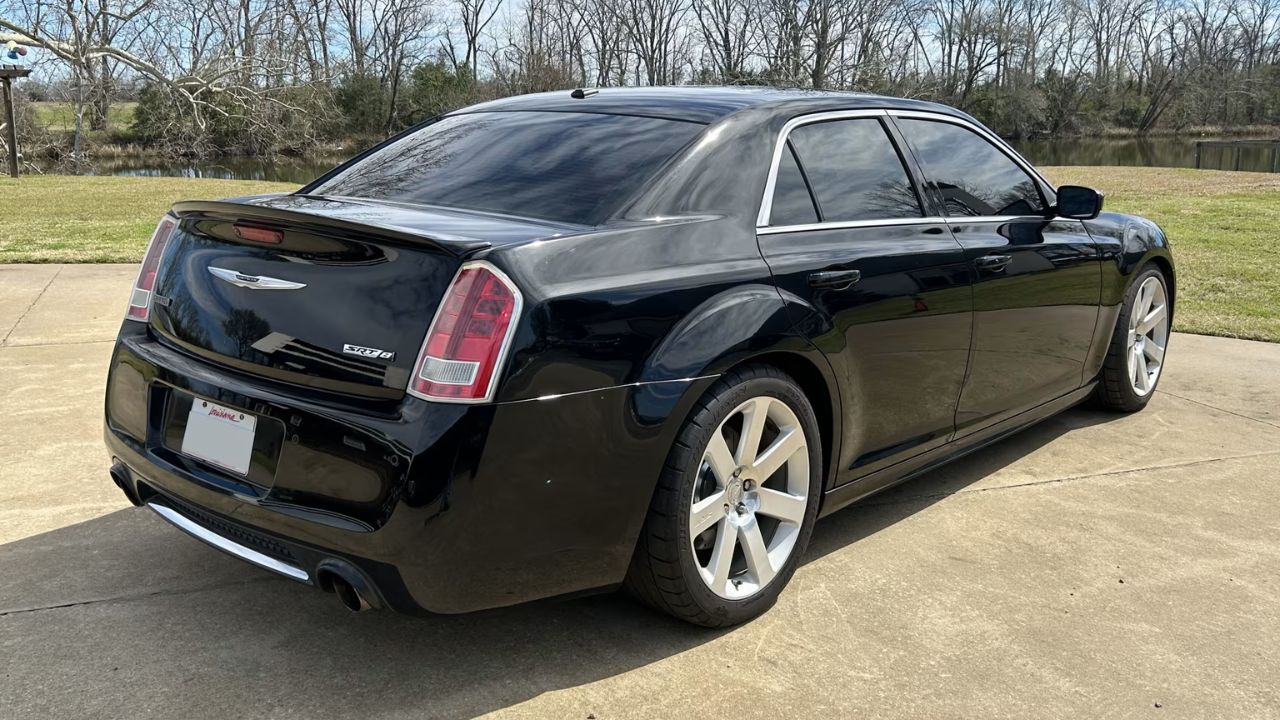
If the 300C was a throwback, the 2012 300 SRT8 was the full-send version. It packed a 6.4L HEMI V8 making 470 horsepower and 470 lb-ft of torque. It ran 0–60 in the low 4s and came with big Brembo brakes and adaptive suspension.
It also had a more refined interior and sleeker styling, but it didn’t lose its muscle car soul. The SRT8 version showed Chrysler could still build a four-door that didn’t just move fast—it felt fast.
*This article was hand crafted with AI-powered tools and has been car-fully, I mean carefully, reviewed by our editors.

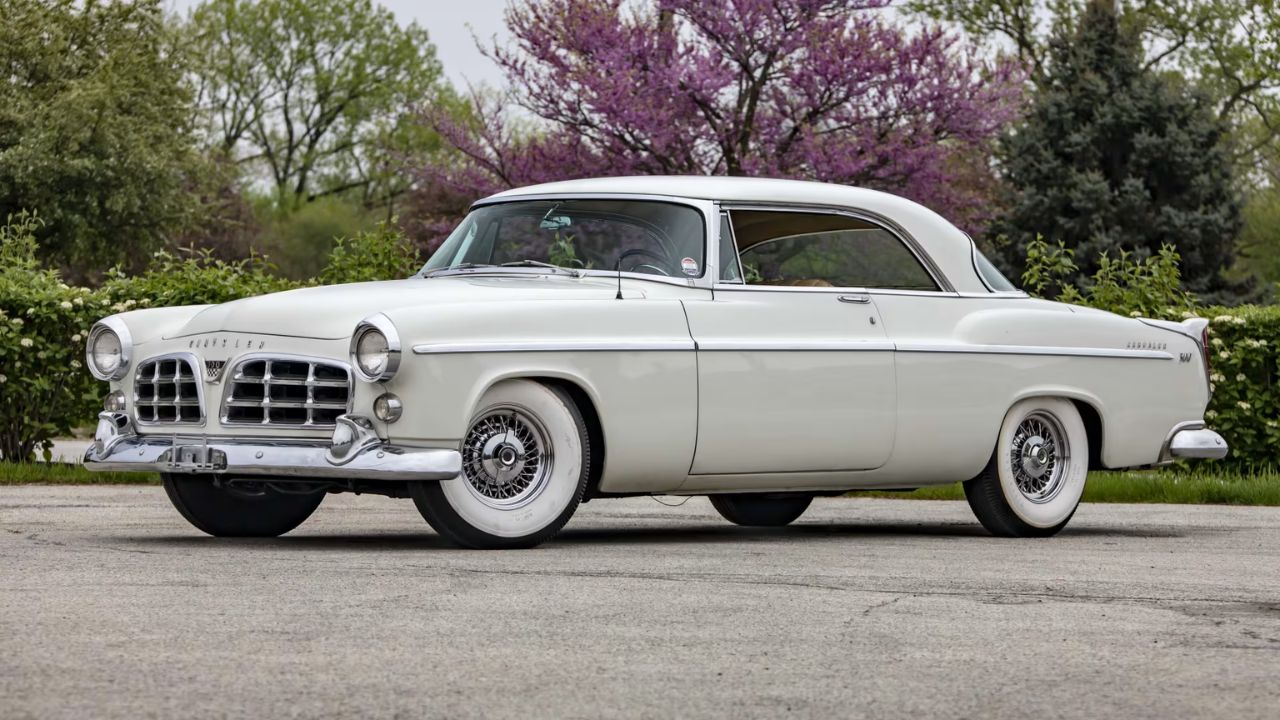
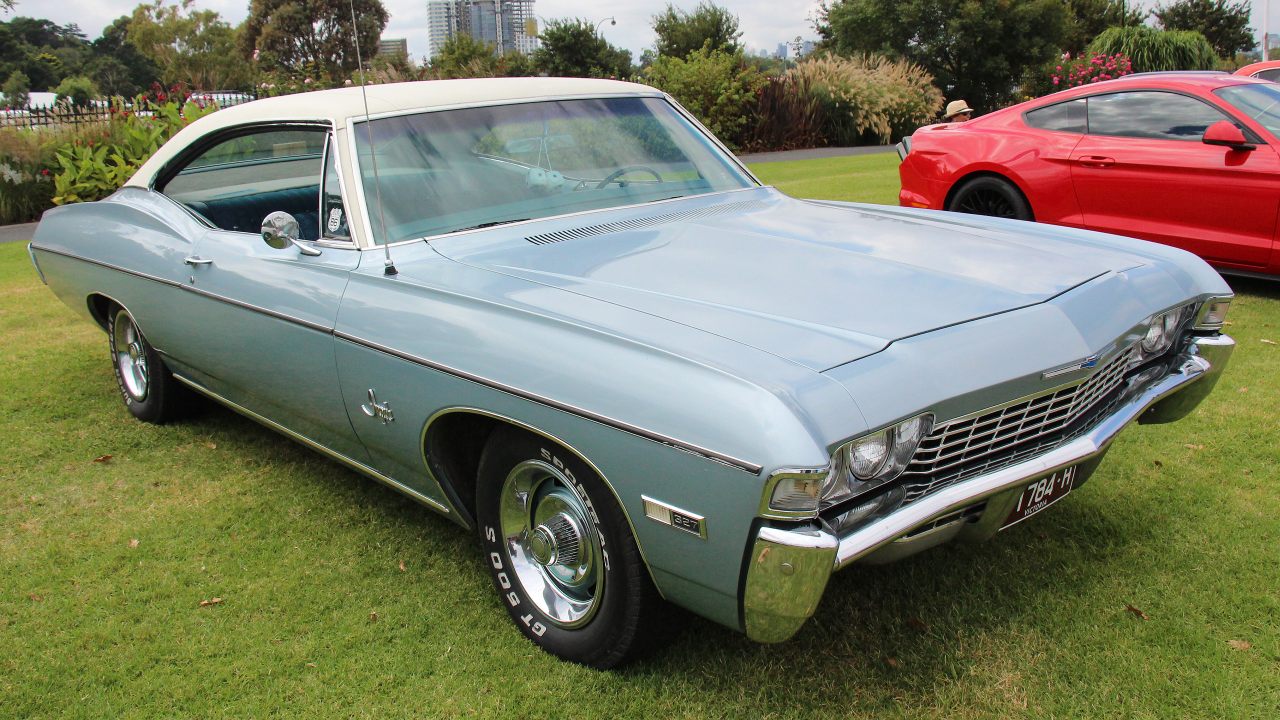
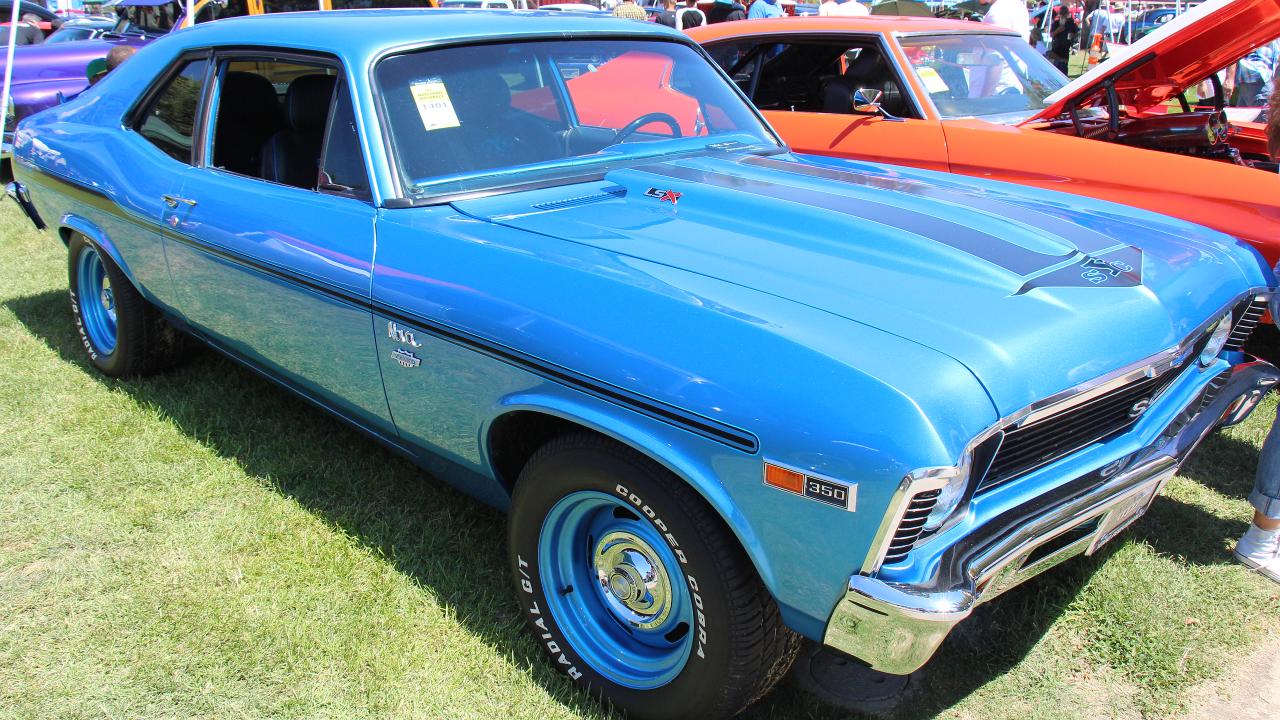
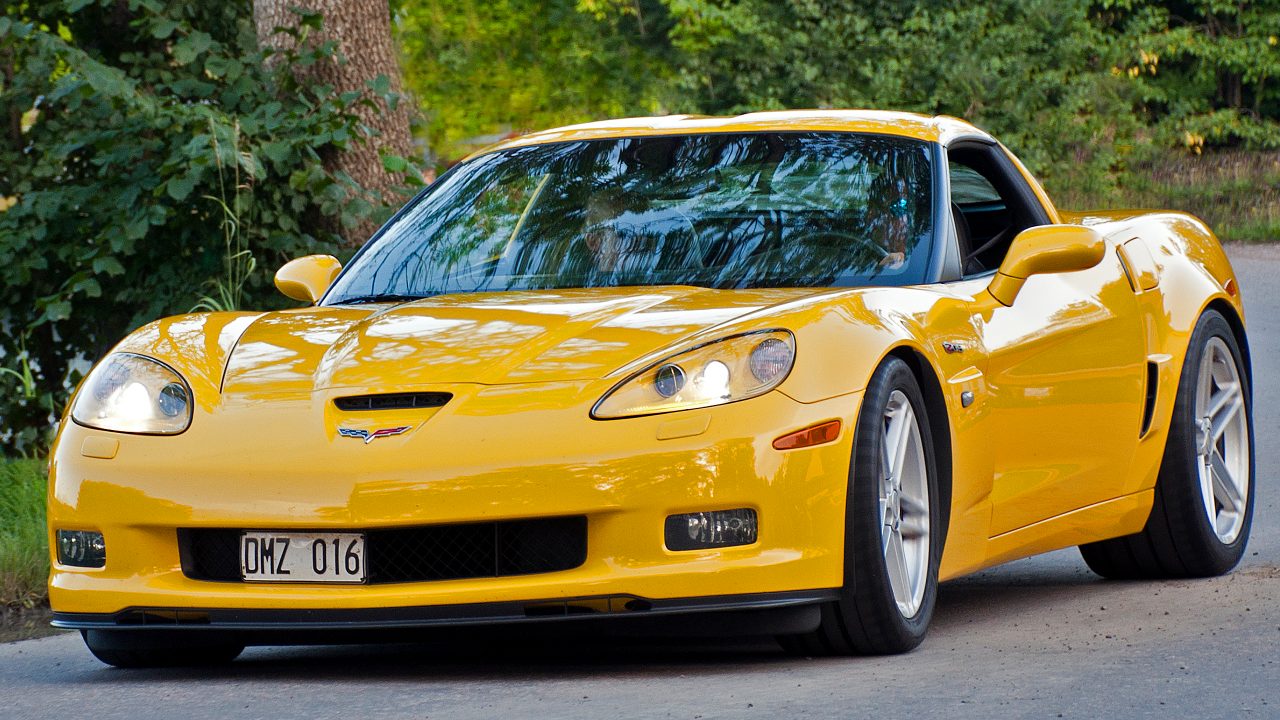
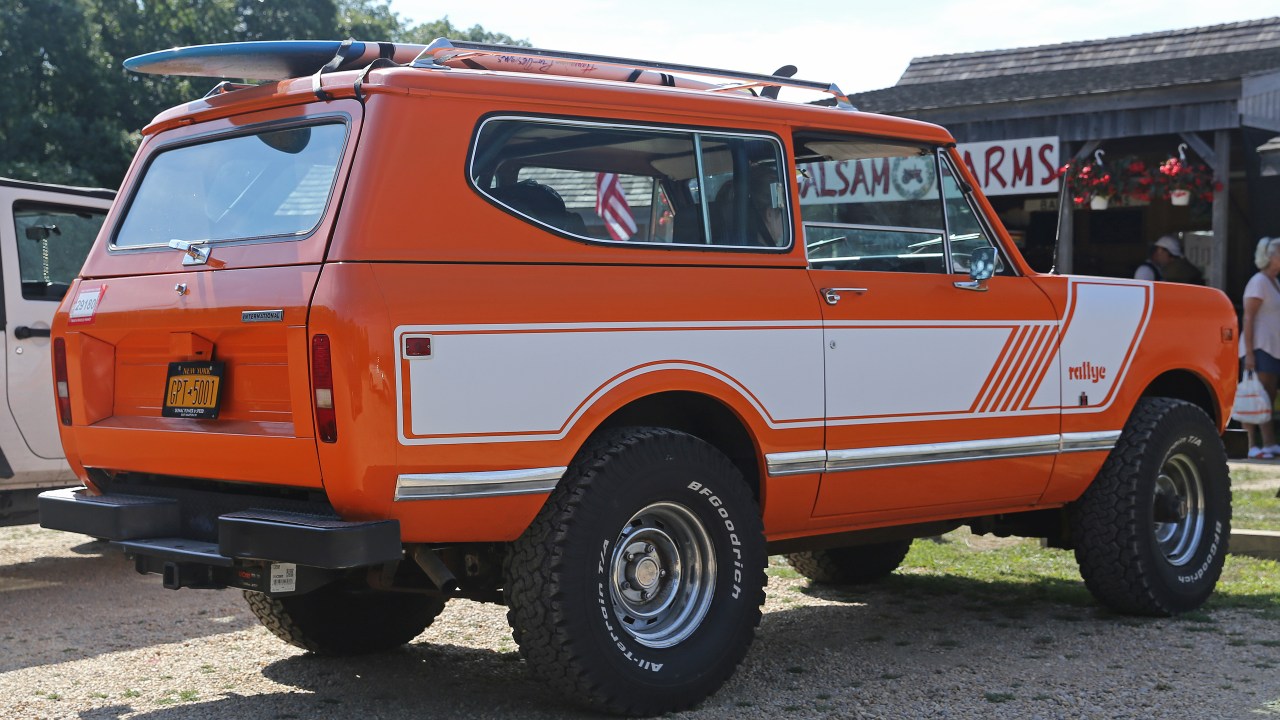
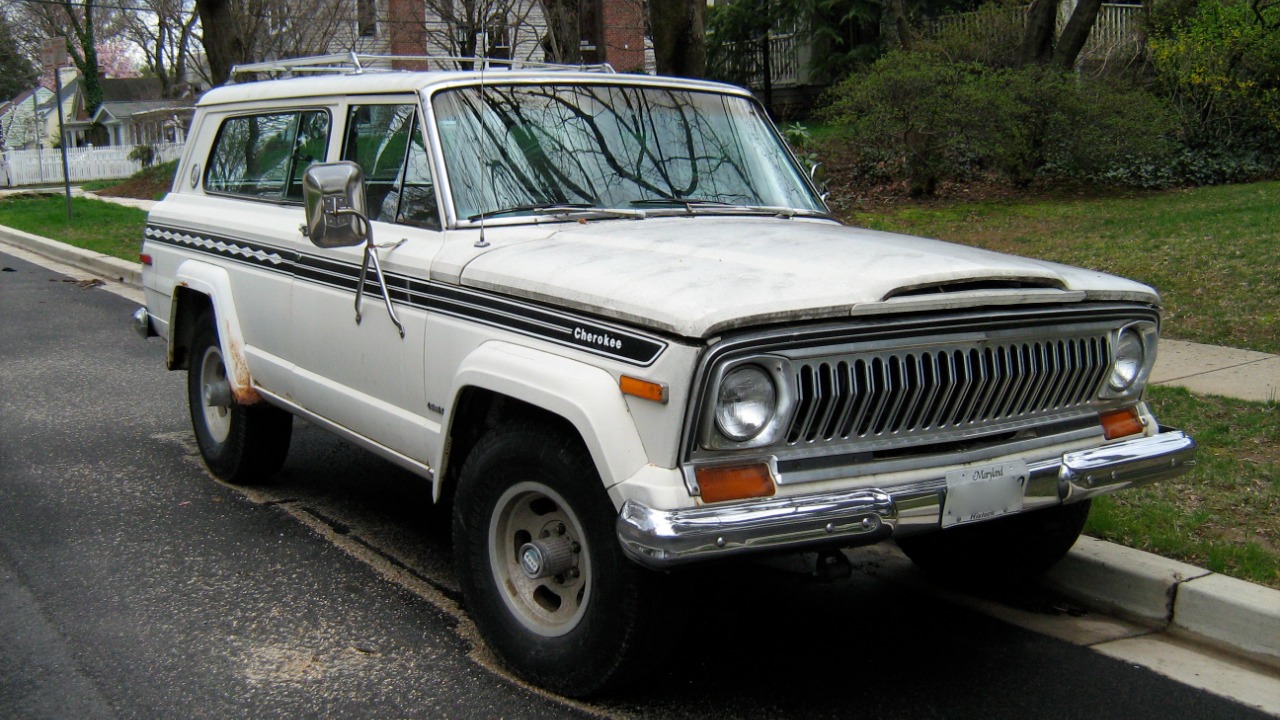
Leave a Reply